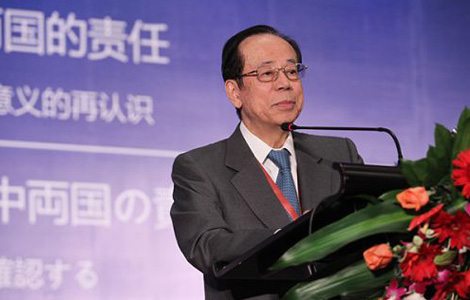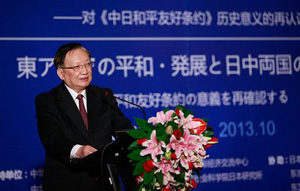Does high-speed rail threaten cultural heritage?
Updated: 2013-10-28 10:36
By Chen Jia (China Daily USA)
|
||||||||

Rushing for GDP, China has been undergoing a high-speed rail building spree under the Government'seconomic stimulus program. The network nationwide is expected to hit the ceiling of 11,000miles by the end of 2015.
Concerns about safety, technology, ticket prices, ridership and financial sustainability have drawn dramatic attention from the public and Chinese press recently.
However, the backhoes digging for the first high-speed rail in the US are telling a different story, not about GDP, but about the fate of a more than 100-year-old Chinatown in Fresno, California.
In the past few days, the California High-speed Rail Authority had kicked off its digging work at a parking lot in Fresno's downtown, where there were believed to be underground tunnels and artifacts from an 1880s-era Chinatown.
These vestiges lie in the path of the first 30 miles of planned high-speed rail, which is thought to be a kind of trial balloon for a high-speed rail connecting San Francisco and Los Angeles.
"The CaliforniaHigh-SpeedRail Authority is finishing up the archaeological work going on in the Chinatown area of Fresno," Karen Massie, a spokesperson for the authority told China Daily. "At this time, the authority does not have any future archaeological digs scheduled."
According to a statement provided by Massie, the authority vows to protect the natural and human environment while building the nation's first high-speed rail project, because "the Federal National Historic Preservation Act serves as a guide to the preservation of cultural resources and historic properties".
Preliminary research conducted by the authority's investigative team in anticipation of the high-speed rail project indicates that the area might have included a general store and other small businesses, a dance hall, several residences, a gambling hall, and possibly an underground network of tunnels, according to the statement.
The authority is not only conducting sub-surface archeological investigations, but also participated in face-to-face meetings with local community leaders recently called by the Chinatown Revitalization Inc.
"It's our history, it's Fresno's history, it's valuable history," said Kathy Omachi, founder of Chinatown Revitalization Inc.As the third generation Japanese-American, her father was born in Fresno Chinatown, and her grandfather came to the area over 100 years ago.
She said it is very important for the Chinatown property owners, residents, and community members to understand the impact of the high-speed, particularly business owners.
It is because some of them as business owners have been told that "you have a limited amount of time before you're bounced out of your place", she said.
Established in about 1870, Fresno Chinatown is the original home for at least 11 different ethnic groups - African American, Armenian, Basque, Chinese, Japanese, Italian, Portuguese, Mexican Americans, Germans from Volga Russia, Greek, and Filipino communities, she said.
Chinatown has been divided multiple times, she said, and usually by transportation.
One of the first ones was the railroad, which actually cut off Fresno Chinatown from the downtown. Then came the freeway, which "cut off residential streets, if you notice the alphabet jumps over there, people were moved out or driven out of time", she said.
"Now we want to make sure that we have a say in what's going to happen with the high speed rail," she said. "Any buildings that are being targeted for purchase, and possible destruction, we want some answers if this building has historic value."
Many people in the Chinatown neighborhood support her.
"We've heard on the news that it's just going to be great for everybody, we're going to have so many businesses around the station and everyone is going to live happily ever after," Jeremy Broadski, a local resident said. "Well unfortunately, with a lot of these public works projects, that's not the case."
"And we're concerned about our town becoming a desert because we are unsure right now exactly what's being planned to be torn down, how access is going to be restricted in Chinatown, and exactly what type of consideration the community has in the planning and development," he said.
Benny Lee, a councilmember of San Leandro, said he believes that "those involved need to determine the materiality of the facts and evidence of cultural heritage".
Contact the writer at chenjia@chinadailyusa.com
(China Daily USA 10/28/2013 page2)

 Serena completes dominant season with triumph
Serena completes dominant season with triumph
 Nuclear submarine fleet comes of age
Nuclear submarine fleet comes of age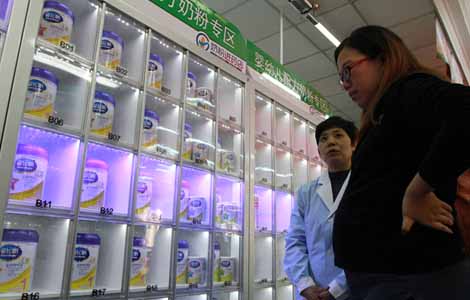
 5 pharmacies begin to sell baby formula
5 pharmacies begin to sell baby formula
 The suave style of America's dapper dynasty has arrived
The suave style of America's dapper dynasty has arrived Mother and four children stabbed to death in New York
Mother and four children stabbed to death in New York
 China Fashion Week S/S 2014: day 2
China Fashion Week S/S 2014: day 2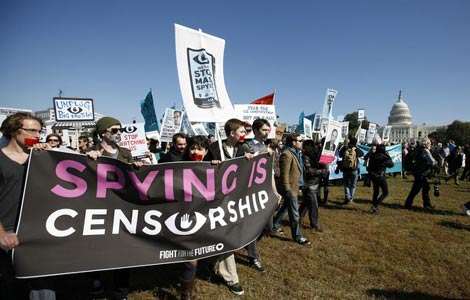
 Demonstrators protest against govt surveillance in US
Demonstrators protest against govt surveillance in US
 Where art thou, my love?
Where art thou, my love?
Most Viewed
Editor's Picks
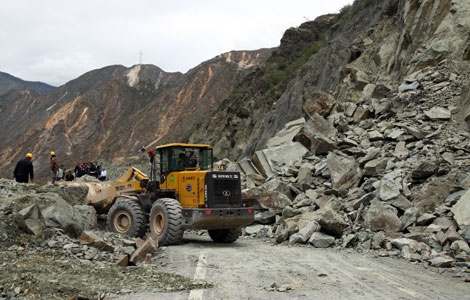
|

|

|
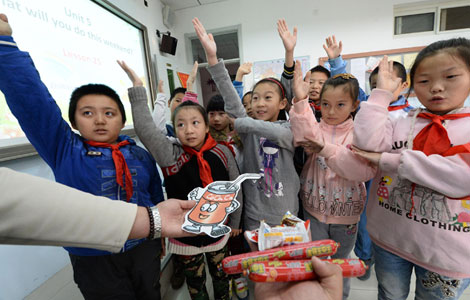
|

|

|
Today's Top News
Obama aware of spying on Merkel: German paper
Cousin killed mom, 4 kids
High speed versus history
Southern states gear up for symposium
Film finds a hip-hop-tai chi connection
Study shows PM1 most harmful
Jewelry exhibit dazzles Southern California
Forum urges stable China-Japan ties
US Weekly

|

|
